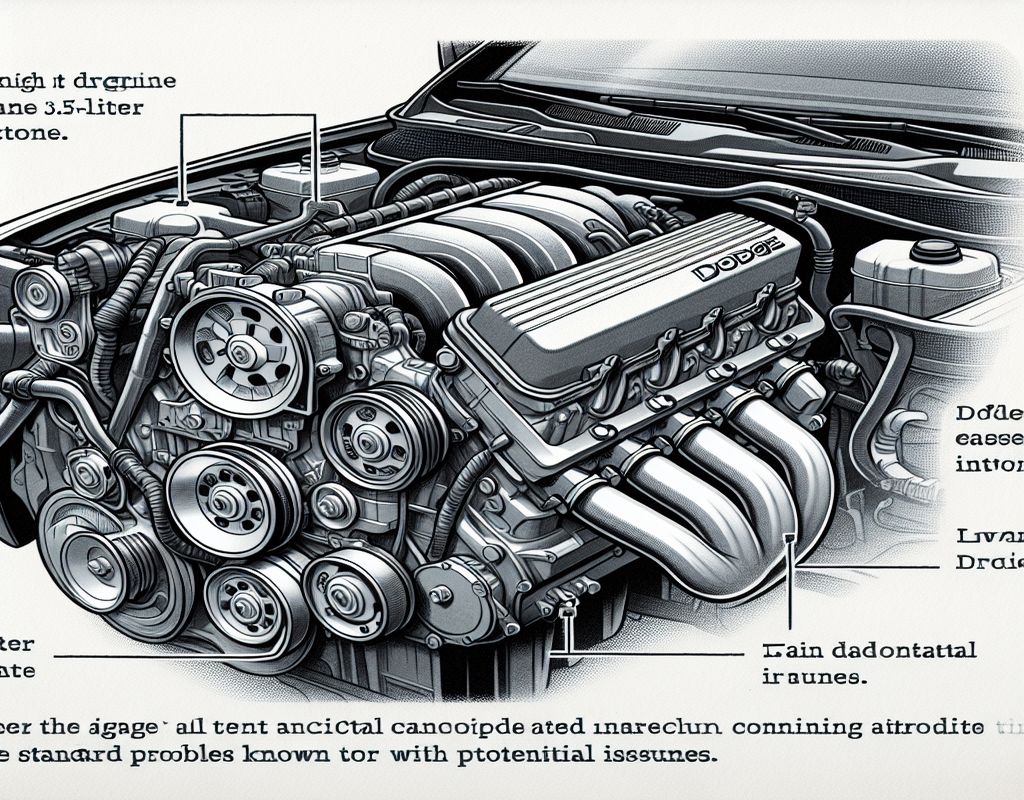Introduction
The Dodge 3.5 engine is a revered powerhouse within Dodge vehicles, known for its performance and widespread adoption. This article delves into the intricacies surrounding this renowned engine, shedding light on common issues that impact vehicle performance.
History of the Dodge 3.5 Engine
The Dodge 3.5 engine made its debut in [year of introduction], marking a significant milestone in automotive engineering. Over the years, this engine has evolved and been enhanced to keep pace with technological advancements. Embraced by various Dodge models, including [list of models], it has solidified its stature in the automotive landscape.
Common Problems
Despite its acclaim, the Dodge 3.5 engine faces common issues that affect many vehicles. These challenges range from engine stalling, rough idling, and oil sludge buildup to timing belt and water pump failures, transmission issues, overheating, cooling system malfunctions, diminished fuel economy, and electrical glitches.
Causes of the Problems
These issues stem from various factors, such as inadequate maintenance, design flaws, manufacturing defects, low-quality parts, improper installations or repairs, and the impact of driving habits and environmental factors.
Signs and Symptoms
Recognizing the signs of these problems is crucial for timely intervention. Symptoms may include strange noises, dashboard warning lights, changes in engine performance, efficiency, visible leaks, or smoke from the vehicle.
Impact on Vehicle Performance
These common problems go beyond inconvenience, affecting the overall performance of the vehicle. They pose safety risks, reduce fuel efficiency and power output, and increase the likelihood of costly repairs due to potential engine failure.
In conclusion, the Dodge 3.5 engine, known for its performance and prevalence in Dodge vehicles, presents common issues that require proactive maintenance. By understanding causes, identifying symptoms early, and grasping the impact on vehicle performance, owners can effectively navigate these challenges, ensuring their vehicles’ longevity and optimal operation.
